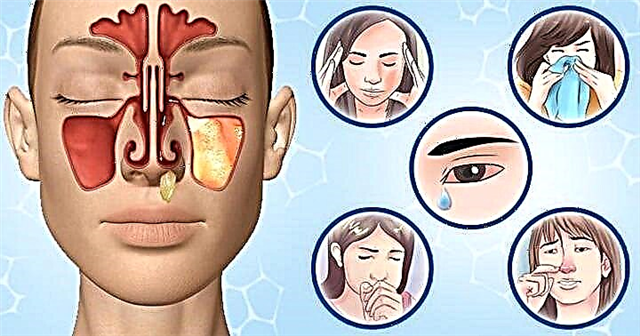Some ear drops with a damaged eardrum can be very painful and do not improve the condition at all. That is why self-medication is so dangerous. Moreover, perforation usually occurs when otitis media is already running or the tympanic membrane is damaged as a result of careless actions (injury). Therefore, it is necessary to choose medicines in this situation very carefully, and it is better - only on the recommendation of a doctor.
Causes and Effects
 Ear treatment depends largely on the underlying causes of the eardrum perforation. If it is damaged, several problems arise simultaneously: hearing deteriorates sharply, the gate opens for infection, and liquid discharge appears.
Ear treatment depends largely on the underlying causes of the eardrum perforation. If it is damaged, several problems arise simultaneously: hearing deteriorates sharply, the gate opens for infection, and liquid discharge appears.
Effective drops in the ear for perforation of the tympanic membrane should act simultaneously in several directions: relieve inflammation, heal wounds and prevent the growth of pathogenic microorganisms.
The most common reasons for rupture are:
- Barotrauma, or a sharp drop in atmospheric pressure, in which there is an instant rupture of the membrane and the outflow of fluid from the inner ear.
- Acoustic Trauma - The same thing happens due to exposure to a strong sound wave.
- Mechanical injury - can occur even with careless cleaning of the ears with sharp objects, but more often the eardrum breaks through with a fracture of the temporal bone.
- Advanced otitis media, in which pus has accumulated in the ear, which puts pressure on the eardrum, causing severe pain and perforation.
Only a doctor can diagnose a ruptured eardrum after a thorough examination using an otoscope. He also prescribes treatment, which usually includes not only drops and oral administration of anti-inflammatory drugs, but also physiotherapy procedures.
Ear drops
 Ear drops with perforation of the tympanic membrane are the best way to quickly relieve pain, since they act directly on the site of inflammation. The most effective drugs are:
Ear drops with perforation of the tympanic membrane are the best way to quickly relieve pain, since they act directly on the site of inflammation. The most effective drugs are:
- Otipax is a steroid drug with lidocaine that quickly relieves even severe ear pain, but is unable to cope with advanced inflammation and purulent otitis media. Its advantage is that it can be used even during pregnancy. Minus - quite often provokes allergic reactions, so it is better to do a test before the first use.
- “Otofa” is just the opposite: it quickly eliminates the inflammatory process, but does not include pain relieving components. It is most effective as part of the complex treatment of purulent otitis media. Plus - it is hypoallergenic. Minus - not recommended for pregnant and lactating women, young children.
- "Sofradex" - contains a potent antibiotic and very quickly relieves inflammation. However, it has an ototoxic effect when it gets on the cells of the tissues of the inner ear. Therefore, in case of a ruptured eardrum, it can only be prescribed by a doctor, if there are certain indications.
 "Candibiotic" is a complex drug that combines both antibacterial and antifungal agents. It often helps even in cases where other drugs fail. But it is categorically not recommended for pregnant women and young children. Plus - a wide range of actions. Minus - often causes allergic reactions.
"Candibiotic" is a complex drug that combines both antibacterial and antifungal agents. It often helps even in cases where other drugs fail. But it is categorically not recommended for pregnant women and young children. Plus - a wide range of actions. Minus - often causes allergic reactions.- "Amoxicillin" and drops based on it. The most inexpensive and widespread broad-spectrum antibiotic, quickly relieves inflammation, heals wounds, and prevents further spread of infection. Plus - minimal contraindications, hypoallergenicity. Minus - a long course of treatment - at least 7 days.
It is very important that the drops for perforation of the tympanic membrane are applied until it is completely restored. And only a doctor can determine this moment.
Unfortunately, many patients stop dripping the prescribed drug on their own as soon as pain and unpleasant symptoms disappear. But if the eardrum has not completely healed, then there is a high risk that the disease will flare up with renewed vigor soon after drug withdrawal, and possibly lead to such serious complications as sepsis and hearing loss.

 "Candibiotic" is a complex drug that combines both antibacterial and antifungal agents. It often helps even in cases where other drugs fail. But it is categorically not recommended for pregnant women and young children. Plus - a wide range of actions. Minus - often causes allergic reactions.
"Candibiotic" is a complex drug that combines both antibacterial and antifungal agents. It often helps even in cases where other drugs fail. But it is categorically not recommended for pregnant women and young children. Plus - a wide range of actions. Minus - often causes allergic reactions.

